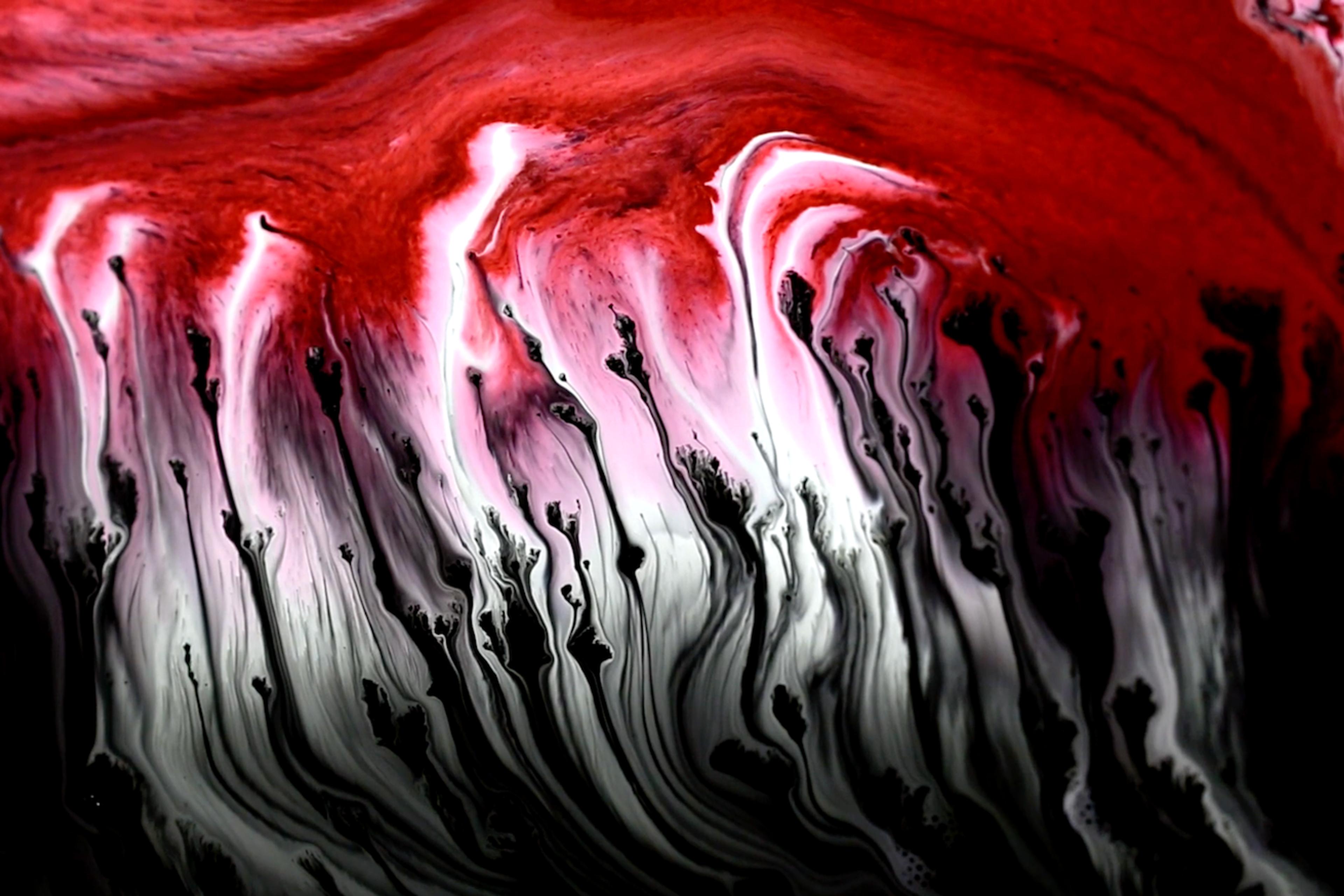Here comes the Dream City, an illuminated tower of electric light. There goes the Dream City, left on a page, in a box, in a dream.
On the south bank of the river Thames in London, Battersea has evolved over the centuries from an agricultural district, to a commerce and rail centre, to an energy hub, to a forest of high-end high-rises. Since the 1930s, the area has been defined by Battersea Power Station – a towering, brick landmark of Art Deco architecture that once burned coal to provide electricity for the sprawling metropolis. Since the power station’s shutdown in 1983, developers have tried to rebrand the former working-class area into an upmarket neighbourhood of the future. In 2016, Apple announced plans to convert a portion of the power station into its new UK headquarters, with the remainder of the building to be filled by luxury apartments, shops, restaurants and theatres.
Named after an abandoned proposal to build an amusement park on the power station site, Dream City (2016) by the UK artist Alice May Williams is an experimental short that ruminates on the area’s past, present and future. In a whirlwind monologue, a disembodied voice summons the dispassionate language of a mindfulness instructor whose words seem to encourage a woman peering out at the the power station to be present with her body and breath, and resist being drawn into ‘past failures or future plans’.
But, just like a racing mind that tries to stay tuned to a meditation, the voice soon spirals into loosely associated, free-flowing thoughts. Poetic tangents that comment on Battersea’s perpetual state of flux gain a frantic momentum. Likewise, a flurry of images jump in and out of the present. Modern scenes of Battersea flicker into archival footage of its industrial past, and computer-generated renderings of what developers promise will be a far better future. Throughout, the film’s cascading narration and visuals are anchored by a pulsing, ambient score that seems to evoke a heartbeat, or perhaps the ceaseless pounding of construction.
While Williams evokes the whims of a runaway stream of consciousness, her film’s overall effect is deliberate. From an intertwining amalgamation of words, music and images, it generates a disquieting mood that, although plotless, seems to build to a climax. And, while the work is focused on a small pocket of London, its portrait of place taps into something universal about contemporary urban life. Peering into Battersea, Williams channels the cynicism evoked by corporate promises of a techno-utopian future. And, through the vernacular of mindfulness, she voices the anxieties that so often accompany the steady drumbeat of progress, marching ever-onward towards an uncertain future.
Written by Adam D’Arpino







